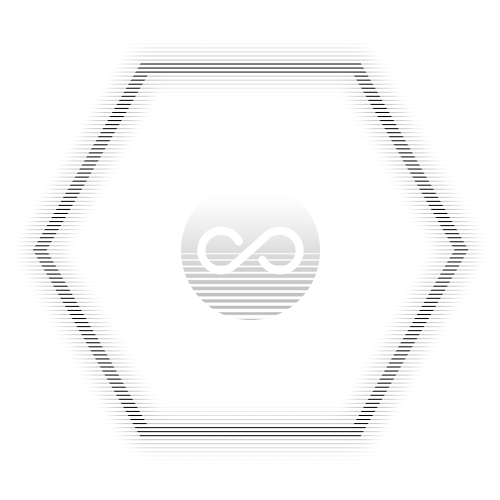Your blockchain gaming journey begins here!
Blockchain is the technology that makes Bitcoin and other cryptocurrencies possible by storing information in a mutually-shared ledger. These “decentralized” databases were initially used as a payment system by tracking account balances, but they can just as easily track ownership of property, the terms and status of contracts, and any other data that is likely to be disputed.
Disputes between gamers happen all the time, and blockchain developers have been experimenting with this use case since 2014. It started with obscure indie games, but as the NFT craze went mainstream, major players in the gaming industry such as Ubisoft and Electronic Arts got involved. Gaming is now poised to become the blockchain industry’s biggest growth area.

True Ownership

Provable Fairness

Human Mining


Token Economics

Fundraising

blockchain Gaming technologies
the company
Wikichain
Games Portal
Guild & eSports
Tournaments
Investment Fund
Marketplace
Job Boards
Accelerator program
Consultation
Escrow service
Node operation
blockchain Gaming technologies













